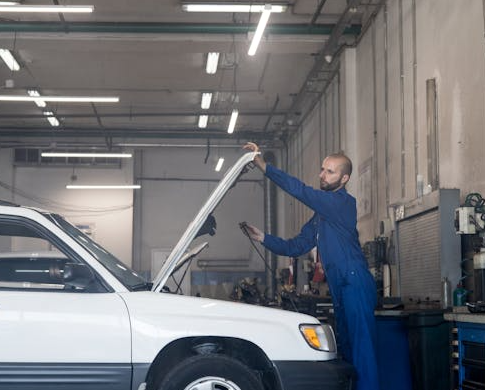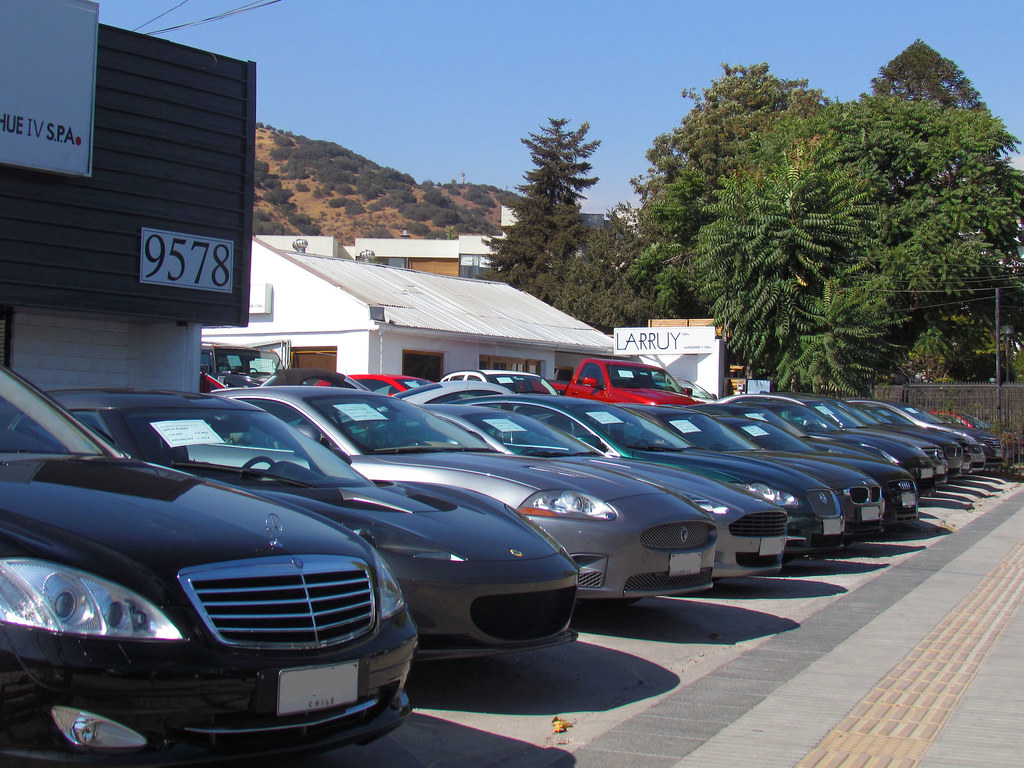The automotive industry is transforming, with technology playing a central role in shaping the next generation of vehicles. Innovations such as advanced driver-assistance systems (ADAS), electric powertrains, and connected car platforms are redefining how vehicles are built, driven, and maintained. These developments aim to enhance safety and efficiency and improve the overall driving experience while reducing environmental impact.
As automakers adapt to these changes, many dealerships are evolving as well. A modern Honda dealership, for example, often showcases vehicles equipped with the latest in smart mobility features—ranging from adaptive cruise control to regenerative braking. Dealerships now serve as more than just retail spaces; they are becoming hubs for education on emerging vehicle technologies. This shift reflects how the industry responds to growing consumer expectations and aligns with broader advancements in transportation technology.
Artificial Intelligence and Machine Learning in Vehicles
Integrating AI and machine learning is at the forefront of automotive development, powering adaptive cruise control, collision avoidance systems, and advanced driver-assist features. By analyzing data from sensors and cameras, vehicles can identify potential hazards and make split-second decisions to prevent accidents. This real-time decision-making capability boosts safety and paves the way for fully autonomous vehicles. Major automakers are investing heavily in these systems, leveraging AI for efficiency in navigation, parking assistance, and predictive vehicle maintenance.
Vehicle-to-Everything (V2X) Communication
V2X technology represents a step forward in making roads safer and traffic more manageable. Through seamless connectivity between vehicles, traffic signals, roadside units, and even pedestrians’ smartphones, V2X technology minimizes risks related to human error and improves drivers’ situational awareness. For example, V2X systems can alert drivers about an impending red light, approaching emergency vehicles, or road hazards beyond immediate visibility.

Advancements in Electric Vehicles
Electric vehicles are transitioning from niche options to mainstream must-haves due to breakthroughs in battery technology, charging infrastructure, and powertrain efficiency. Innovations like solid-state batteries offer a more extended range and faster charging, addressing two of the most significant barriers to EV adoption. Additionally, ultra-fast public charging networks are now being constructed in cities and along highways, allowing EV drivers to charge up to 80% in as little as 20 minutes. Governments worldwide are incentivizing EV development, accelerating the shift from fossil fuels.
Augmented Reality in Automotive Displays
Augmented reality revolutionizes how drivers receive and interact with information behind the wheel. Modern AR head-up displays (HUDs) project navigation prompts, speed limits, and pedestrian warnings directly onto windshields, merging real and digital worlds for the driver’s safety and convenience. AR reduces distractions and improves reaction times by presenting vital information in the driver’s line of sight. Automobile interiors are increasingly adopting AR to help drivers make more informed, safer choices on the road.
Integration of 5G Connectivity
The advent of 5G connectivity is a game-changer for in-car experiences. With data speeds up to 100 times faster than previous networks, 5G supports sophisticated infotainment features and real-time navigation updates and enables reliable communications for V2X and autonomous driving technologies. This connectivity advances vehicle-to-cloud data exchange, ensures seamless firmware updates, and opens the door for future vehicle services ranging from enhanced diagnostics to personalized media streaming.
Biometric Access and Personalization
Implementing biometric systems in new vehicles adds security and personalized driver experiences. Features like facial recognition and fingerprint scanners provide keyless, theft-resistant access and automatically adjust seat, climate, and entertainment settings based on driver profiles. As biometrics develop, they are likely to integrate into many aspects of driving and ownership, meeting consumer demands for convenience and security.








